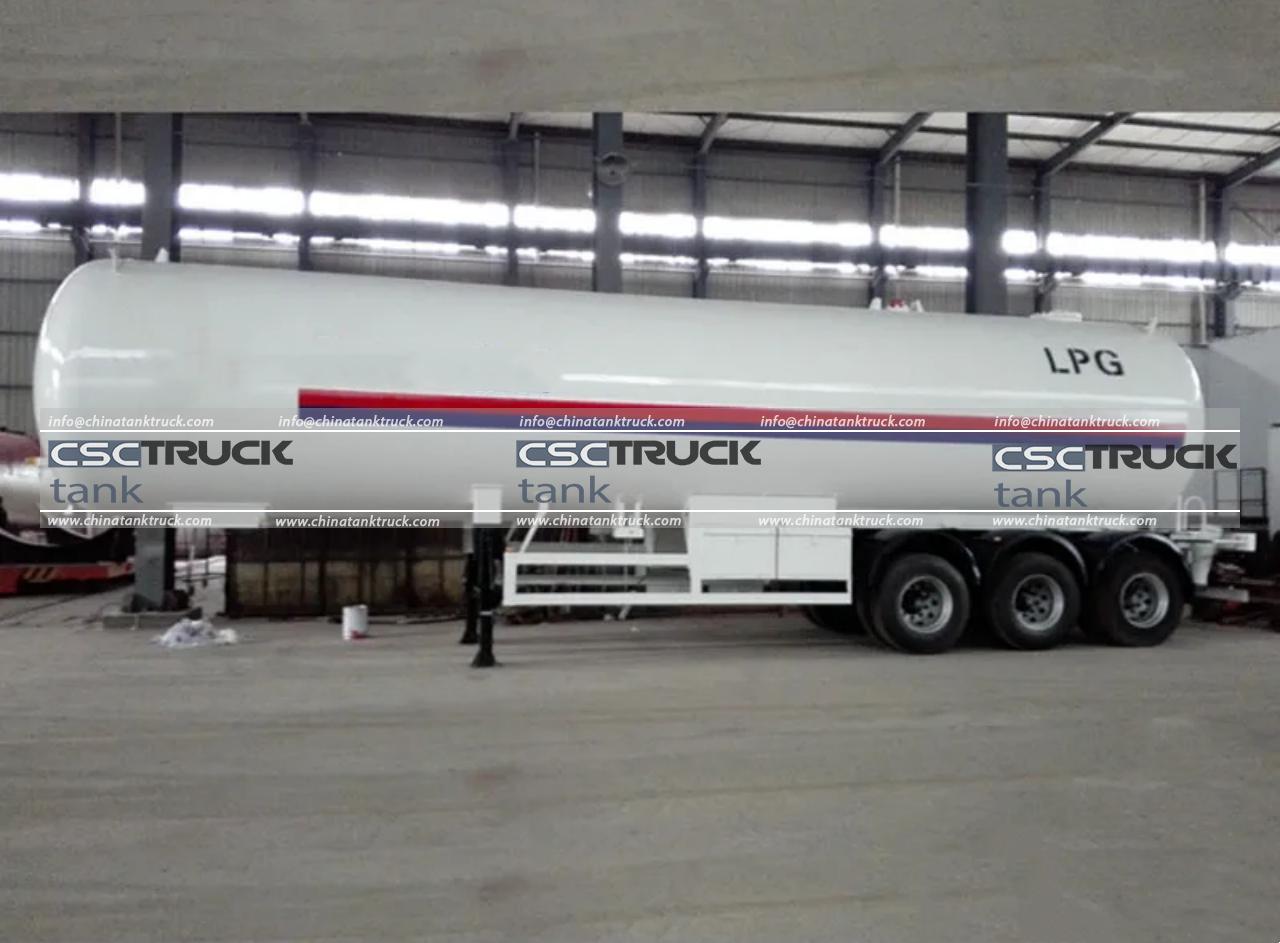Liquefied Petroleum Gas (LPG) plays a vital role in modern energy supply, serving residential, commercial, and industrial needs. Transporting this gas safely and efficiently from refineries or storage facilities to end-users requires specialized vehicles known as LPG trucks. These trucks are critical to the fuel distribution infrastructure, enabling the movement of LPG across cities, regions, and even international borders. But what exactly is an LPG truck, how does it work, and what makes it different from other fuel transport vehicles? This article dives deep into the design, functionality, and importance of LPG trucks in today’s logistics and energy sectors.
Understanding LPG
Before exploring the trucks themselves, it’s essential to understand what LPG is. Liquefied Petroleum Gas is a flammable hydrocarbon gas that includes propane, butane, or a mixture of both. It is stored and transported in a liquefied form under moderate pressure. Commonly used for cooking, heating, and as vehicle fuel (autogas), LPG is a cleaner-burning alternative to gasoline or diesel, making it an increasingly popular choice worldwide.
LPG must be handled with great care because of its volatile nature, and that’s where LPG trucks come in — offering a safe and reliable means of transportation.
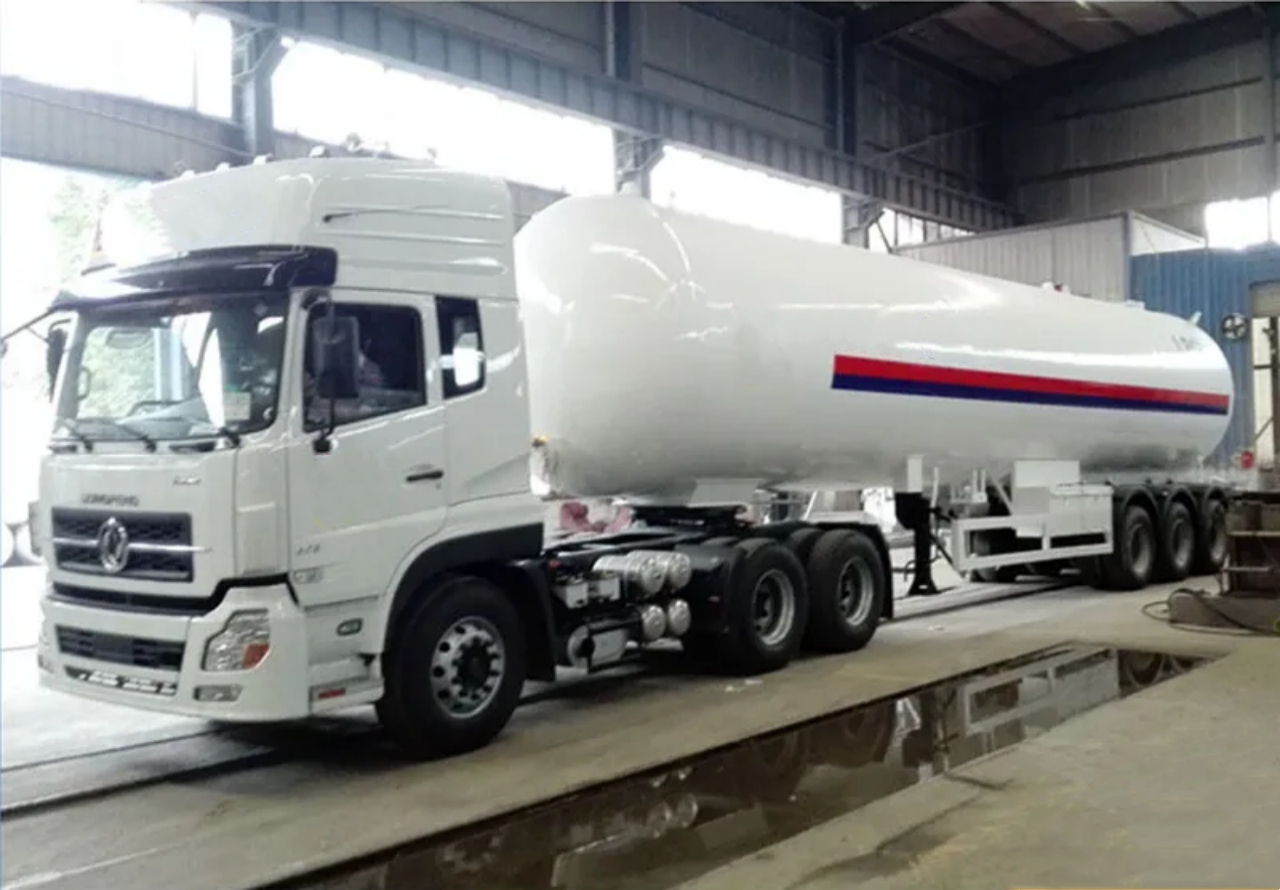
What is an LPG Truck?
An LPG truck is a specialized vehicle designed to carry liquefied petroleum gas in bulk. These trucks typically fall under the category of tank trucks or tanker trucks, featuring a high-pressure cylindrical tank mounted on a commercial vehicle chassis. They are engineered to safely transport LPG in its liquefied state, maintain appropriate pressure and temperature, and protect against leaks or explosions.
LPG trucks come in several types based on their design and function, including:
- LPG Bobtail Trucks – Small to medium-sized trucks used for local delivery to homes and businesses.
- LPG Semi-Trailer Trucks – Larger trucks used for bulk transport over long distances.
- LPG Dispenser Trucks – Equipped with dispensing systems to refuel other LPG-powered vehicles directly.
Key Components of an LPG Truck
An LPG truck is more than just a tank on wheels. It includes several critical components designed to ensure the safe handling of pressurized gas:
1. Pressure Vessel (Tank)
The heart of the truck, this cylindrical tank is made from high-strength carbon steel or stainless steel and is built to withstand high internal pressure, typically between 1.6 to 2.5 MPa (16 to 25 bar). The tanks are also equipped with thermal insulation and anti-corrosion coatings to prolong service life.
2. Valves and Piping
LPG trucks feature multiple valves:
- Relief valves to prevent overpressure
- Shut-off valves for emergency isolation
- Fill and discharge valves for loading and unloading
The piping system is engineered to resist corrosion and handle cryogenic temperatures during operations.
3. Pump or Compressor System
Many LPG trucks have a hydraulic or PTO-driven pump to transfer gas to storage tanks. Some also include a compressor system to handle gas recovery and vapor return operations.
4. Metering System
LPG bobtails and dispenser trucks often include a flow meter and digital display system to accurately measure and record deliveries, ensuring billing accuracy and safety compliance.
5. Safety Features
Due to the hazardous nature of LPG, trucks come equipped with:
- Emergency shutoff systems
- Fire extinguishers
- Pressure and temperature gauges
- Grounding mechanisms to prevent static buildup
Modern LPG trucks may also feature remote monitoring, GPS tracking, and onboard diagnostic systems.
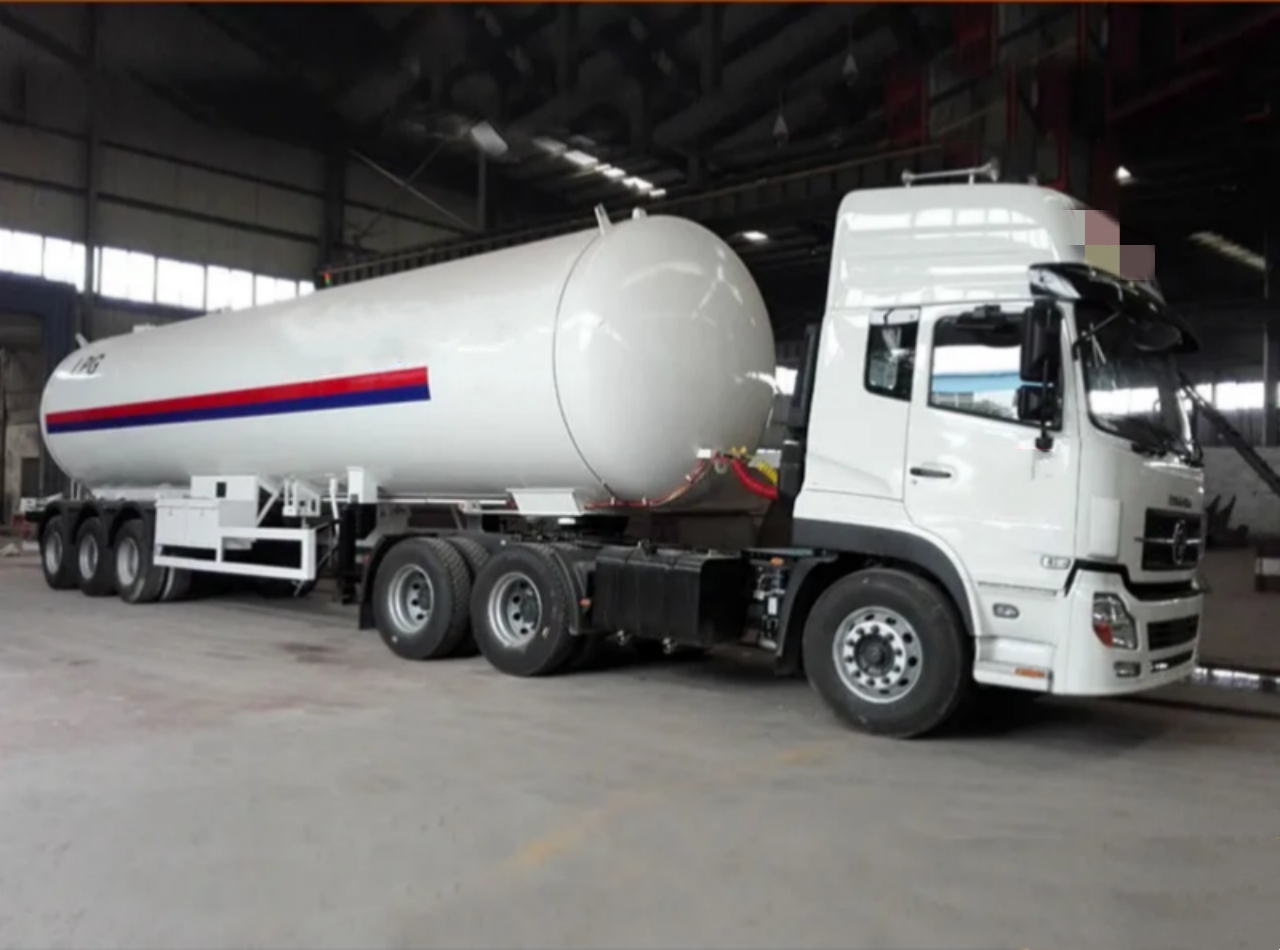
Types of LPG Trucks
1. Bobtail LPG Trucks
These are typically smaller trucks with capacities ranging from 2,000 to 5,000 gallons (7,500 to 19,000 liters). They are widely used by local LPG distributors to deliver gas to homes, restaurants, farms, and small industries. Compact and maneuverable, bobtail trucks are ideal for navigating urban streets and tight delivery spots.
2. LPG Tanker Semi-Trailers
Used for long-distance transport and bulk distribution, these trucks have higher capacities — up to 11,000 gallons (over 40,000 liters). They are commonly seen on highways, delivering LPG from refineries to regional depots or filling stations.
3. LPG Dispenser Trucks
These trucks are fitted with autogas dispensing systems, allowing them to refill LPG-powered vehicles like taxis, buses, and forklifts directly. They serve as mobile filling stations and are crucial in areas lacking permanent infrastructure.
Applications of LPG Trucks
LPG trucks are indispensable in the energy distribution network, supporting various sectors:
- Residential Use – Delivering gas for cooking and heating in rural and urban households.
- Commercial Use – Supplying restaurants, hotels, and laundromats.
- Industrial Use – Fueling kilns, boilers, and manufacturing equipment.
- Agricultural Use – Supporting crop drying and greenhouse heating.
- Automotive Fueling – Refueling autogas vehicles and fleet operations.
They play a key role in energy accessibility, especially in areas where pipeline infrastructure is lacking.
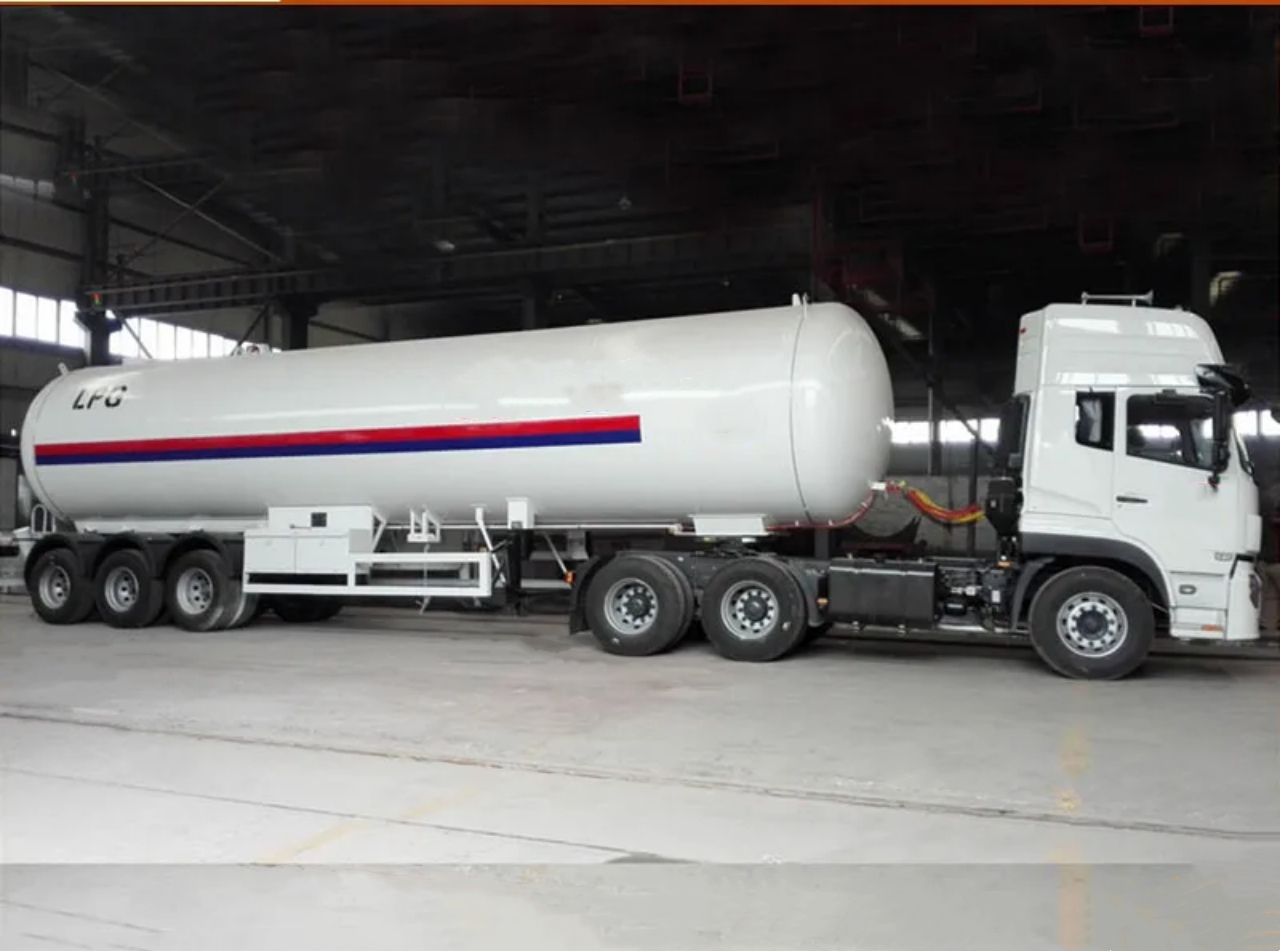
Safety and Regulatory Standards
Due to the hazardous nature of LPG, trucks are subject to strict international and local regulations, including standards from:
- ADR (European Agreement concerning the International Carriage of Dangerous Goods by Road)
- US DOT (Department of Transportation)
- ASME (American Society of Mechanical Engineers)
- ISO (International Organization for Standardization)
Operators must undergo specialized training, and vehicles must pass regular inspection and maintenance schedules. Leak testing, valve checks, and emergency drills are all part of standard operational protocols.
Environmental and Economic Benefits
LPG is a cleaner alternative to other fossil fuels. By facilitating the transport of LPG, these trucks indirectly contribute to:
- Reduced carbon emissions
- Lower particulate pollution
- Cleaner indoor air in households
Economically, LPG trucks help lower fuel costs for end-users and create jobs in the fuel distribution industry. With the rising popularity of LPG-powered vehicles and the global push for sustainable energy, the demand for LPG trucks is expected to grow.
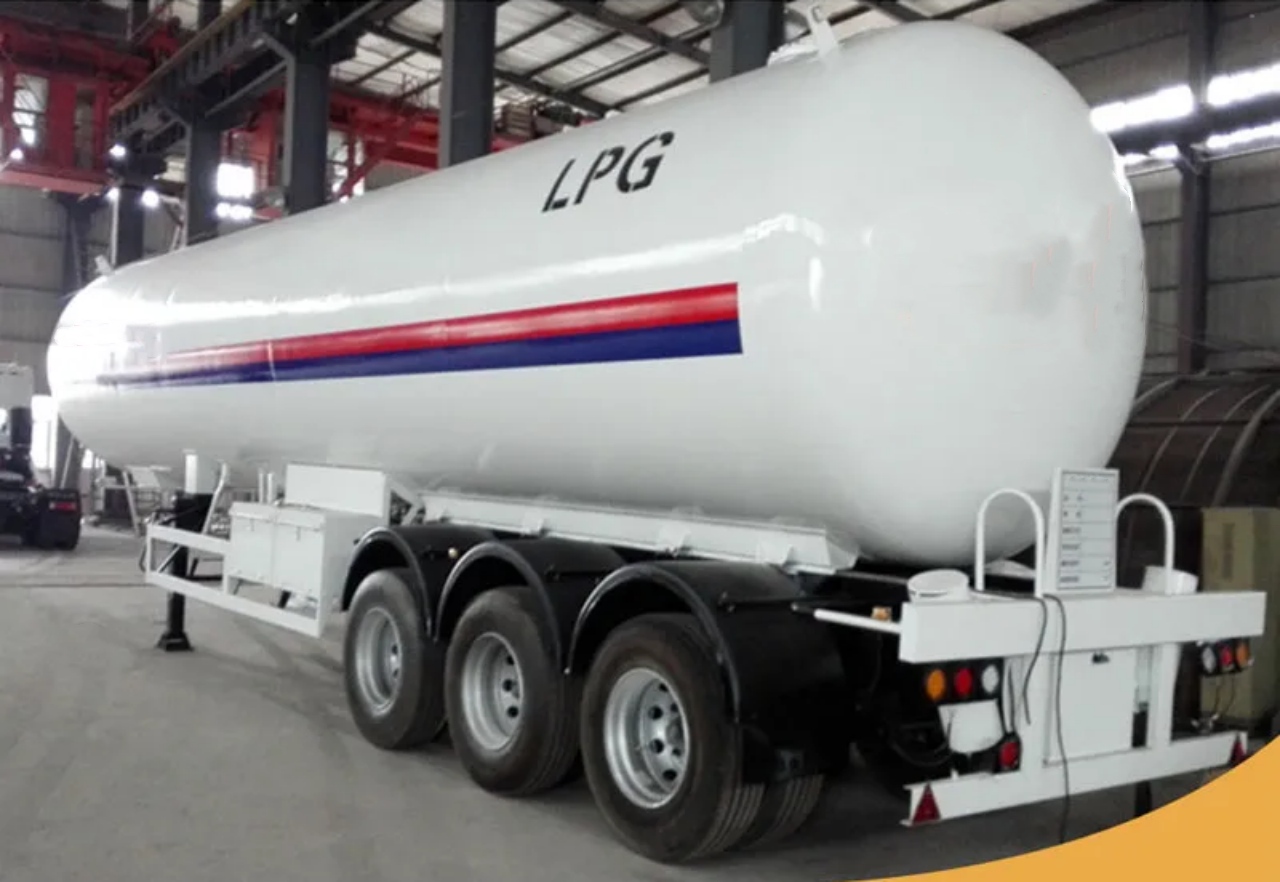
Challenges and Future Trends
While LPG trucks are efficient, they face challenges such as:
- High initial cost of specialized equipment
- Risks of explosion or leaks
- Need for specialized driver training
However, innovation is shaping the future of LPG trucks. Advances include:
- Telematics and IoT monitoring
- Automated filling systems
- Hybrid or electric-powered LPG delivery trucks
- Enhanced composite material tanks for weight reduction
These developments aim to improve efficiency, safety, and environmental compatibility.
Conclusion
An LPG truck is a crucial link in the supply chain of liquefied petroleum gas, enabling safe and efficient transportation from refineries to consumers. Whether in the form of a small bobtail or a large semi-trailer, these vehicles are engineering marvels designed to handle one of the most widely used fuels in the world. As demand for clean energy grows, so does the importance of LPG trucks — keeping the wheels of homes, businesses, and economies turning.
